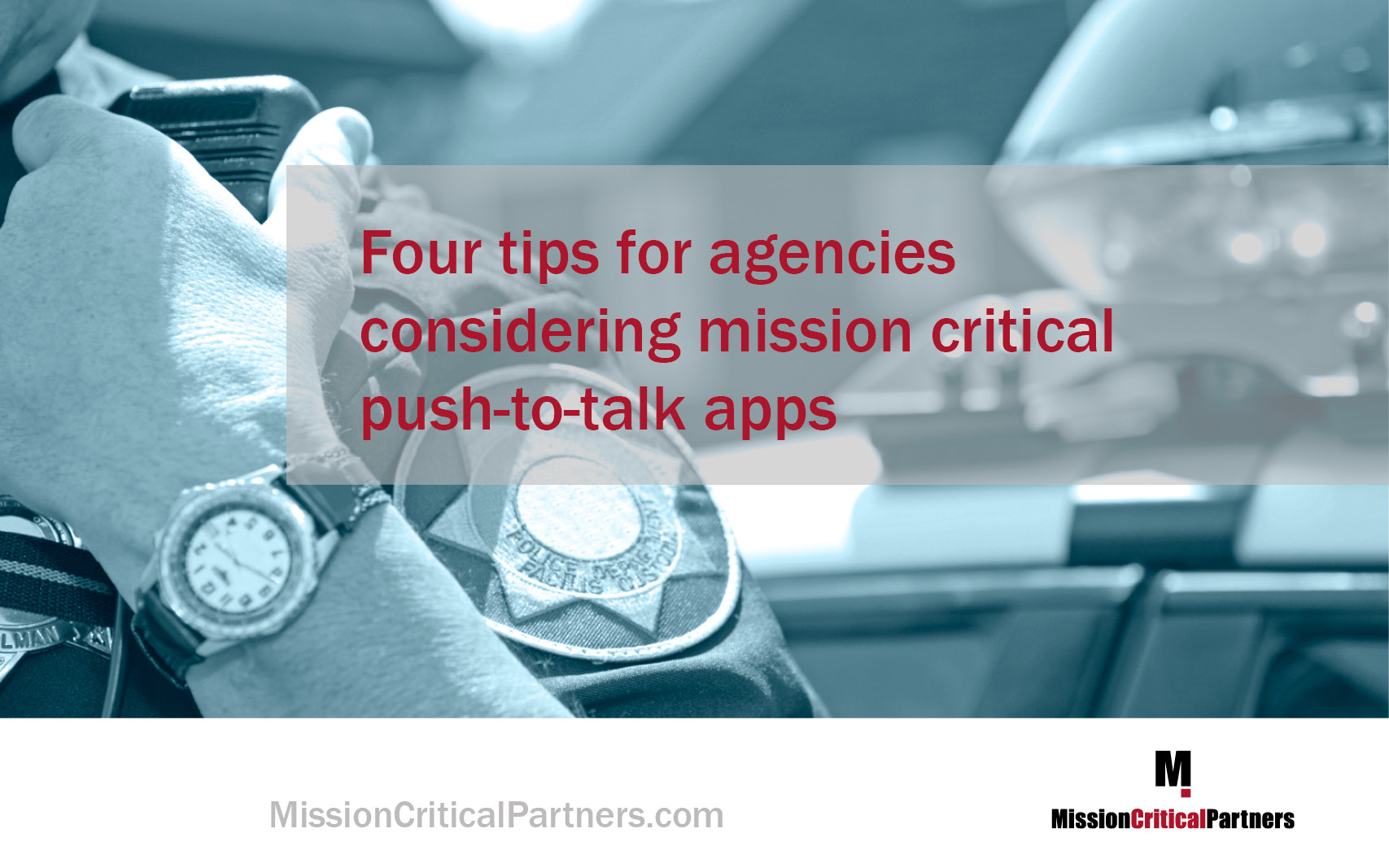Public safety needs visibility into the NPSBN’s design
For a while now, the First Responder Network Authority (FirstNet) has been describing the nationwide public safety broadband network (NPSBN) that it is implementing in partnership with AT&T as a “mission-critical” communications network for public safety. And it is entirely possible that the network will live up to its promise. But that is not the type of thing that the public safety sector will accept on face value—it is going to need proof. That’s just the way it is in public safety, a sector where lives are on the line and seconds count, every day.
Topics: Land Mobile Radio, Wireless Communications





